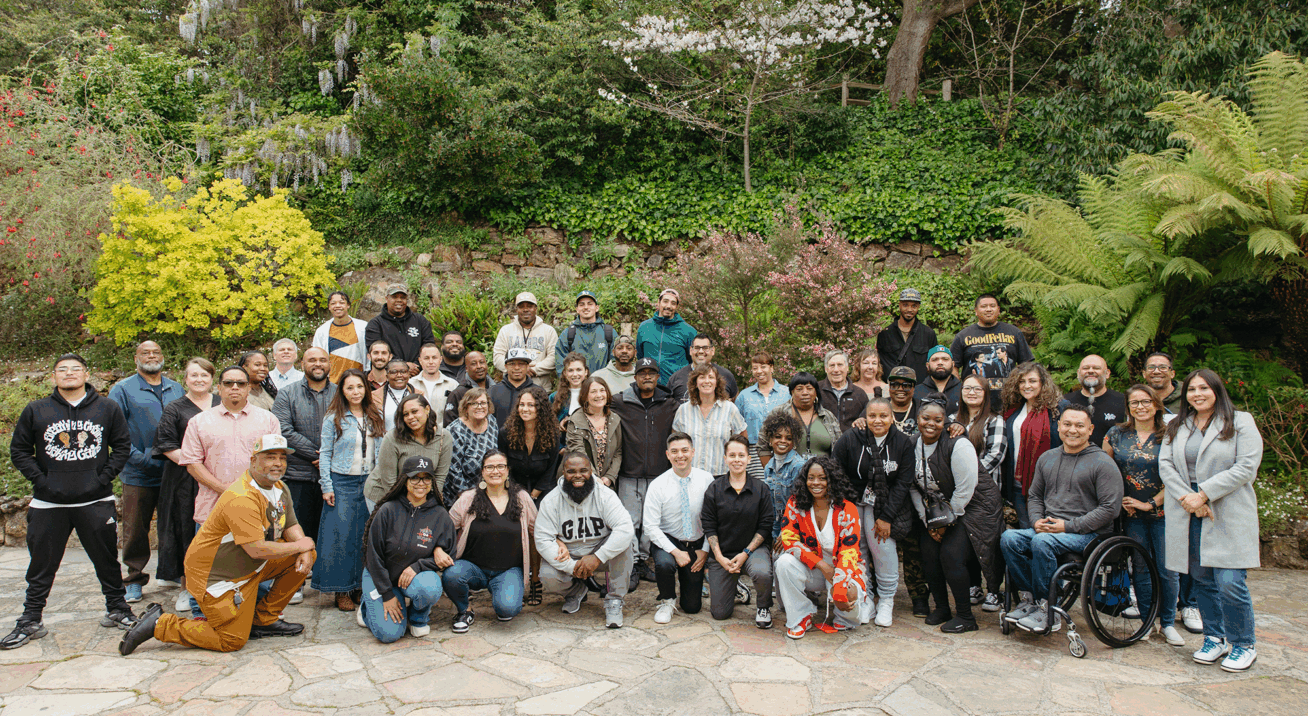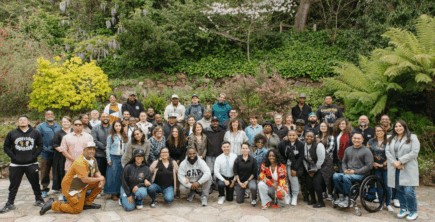
LGBT

PagerDuty partnered with Youth ALIVE!, a violence prevention nonprofit, to cut the organization's response time in half. When employees listen closely to nonprofit needs, the impact often multiplies that of the grant itself.
There are many ways corporate funders can support nonprofits beyond grants — and in uncertain times, this additional support can be game-changing. Layering on optional, non-monetary support to grants fosters long-term sustainability, enhances organizational capacity, and allows nonprofits to be more flexible and responsive. The key is to let nonprofits define their interests and lead the way, applying the principles of trust-based philanthropy.
Companies can offer to tap into various strengths to support nonprofits, which include in-kind donations, technical assistance, and amplification of a nonprofit’s message and work.
Offering in-kind products and services to grantees can help those organizations build capacity, improve operations, and scale their impact. This approach is most effective when companies work with each grantee partner to understand their specific challenges and goals for long-term success. Which of your products or services can meet their needs in a sustainable way that’s aligned with the organization’s mission and goals? The donation must be strategically informed by what a grantee needs — not just what you’re willing to give.
For example, SIKU: The Indigenous Knowledge App is a tool created by and for Indigenous communities to combine traditional knowledge with scientific data. When Zoom Cares, the social impact arm of Zoom, partnered with the Arctic Eider Society, a Canadian charity that works with Indigenous communities to address environmental changes, they offered both a multi-year grant and Zoom product support to connect Arctic Eider’s remote teams, build connections and inform the development and design of SIKU to advance Indigenous research and environmental monitoring. Today, the app has over 34,000 users in 125 Indigenous communities across Canada, Greenland, and Alaska — a significant impact that goes well beyond what could have been achieved through a grant alone. Since 2020, Zoom has made over $24.3M in product donations to their nonprofit partners to help support each organization’s programming and to drive impact.
View this post on Instagram
Nonprofit organizations may face gaps in specialized knowledge in areas such as website development, financial modeling, or cybersecurity — areas that larger organizations typically have entire departments for.
In many cases, nonprofits must rely on staff who are working in multiple functions, consultants, or volunteers and board members to handle these critical functions. This is where supporting nonprofits with technical assistance can make a real difference. By offering professional skills in a way that respects the nonprofit’s leadership and needs, donors and partners can help bridge these gaps without imposing external agendas. Rather than focusing solely on the immediate deliverables, success comes from a deep, collaborative relationship that centers on understanding the nonprofit’s mission, its challenges, and its vision for growth.
An example of this is PagerDuty’s partnership with nonprofits to combine their platform with pro bono technical support, resulting in life-saving solutions. PagerDuty employees have worked directly with Intelehealth, Youth ALIVE!, and Trek Medics International to apply their expertise. They listened to the nonprofits’ needs, scoped specific challenges and built solutions using PagerDuty’s platform. When employees listen closely to nonprofit needs, the impact often multiplies that of the grant itself. With the support of PagerDuty’s platform and technical assistance, emergency response teams could respond more quickly to someone experiencing a mental health or substance abuse crisis (Trek Medics International), frontline staff were able to be onsite at hospitals or shootings at half the time to support youth experiencing conflict (Youth ALIVE!), and teams were able to better detect and diagnose disruptive events to their telemedicine services in remote places in India (Intelehealth).
Corporations can leverage their networks, media channels, and public presence to amplify the voices of their grantee partners and open doors to new relationships and opportunities. This ability to create connections—whether through event invitations, introductions to influential partners, or increased visibility—can have a profound impact on a nonprofit’s ability to expand its reach, build relationships, and ultimately achieve its mission.
Corporations should approach supporting nonprofits’ marketing and connections with humility, a genuine desire to recognize the leadership and expertise of nonprofit leaders and view their resources as tools for helping nonprofits amplify their own voices and strengthen their own missions. The emphasis is on creating a collaborative relationship where nonprofits gain additional visibility and valuable connections, while corporations can learn more deeply about the work and the communities they aim to support.
An illustration of this type of collaboration is Sephora’s use of its marketing platform to support its nonprofit grantee partners. Sephora created videos to highlight the stories and work of their grantee partners, then featured each video on Sephora’s prominent Times Square billboard, a platform that typically showcases major brands and high-profile campaigns. This use of Sephora’s platform not only provided valuable visibility for the grantee organizations, but it also elevated the voices of the communities these nonprofits serve—communities that might not otherwise have had access to such widespread exposure.
View this post on Instagram
Supporting nonprofits beyond grants is about understanding the unique obstacles and opportunities nonprofits face and offering support that strengthens their capacity in ways that are aligned with their goals. This approach requires a commitment to building trust and rapport with nonprofit leaders, recognizing their expertise, and being responsive to their needs.
Ultimately, the goal is not simply to donate goods or services but to co-create solutions that are aligned with the nonprofit’s vision and capacity. Through this collaborative approach, companies can help nonprofits build lasting capacity, overcome operational challenges, and make a greater impact in the communities they serve.
This blog is the second in a series from Tides’ Strategic Initiatives team that explores ways to take your social impact strategy from transactional to transformational. Read the first blog here.

LGBT

Corporate Partners

Philanthropy

Read the stories and hear the voices of social change leaders fighting for justice.